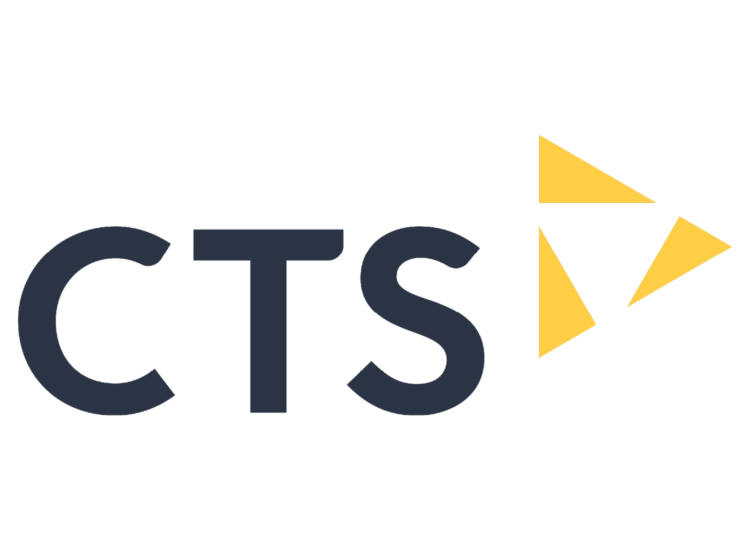According to ILTA’s Technology Survey 2019, 72% of participating firms predicted that their adoption of cloud-based solutions will increase – a 10% increase from the 2016 findings. As more cloud-based legal technology solutions enter the market and on-premise systems reach end-of-life, we can expect more and more law firms to begin their migration to the cloud.
Briefing’s Legal IT Landscapes continued to explore cloud adoption rates, asking over 60 of the UK’s largest firms which of their core systems they believe will run solely in the cloud, remain on-premise, or be a hybrid of the two, by 2024.
It must be noted, however, that Briefing use “cloud” as a collective term and do not differentiate between public cloud, private cloud and Software-as-a-Service (SaaS).
Chart-toppers
- HR Software
- Artificial Intelligence
- CRM, knowledge management, time recording and business intelligence
As a general trend, law firms are adopting a range of cloud applications that support them in their day-to-day operations. The systems most likely to be fully-hosted in the cloud within the next five years are HR software and artificial intelligence solutions, which came in first and second place respectively.
For the second year running, HR software has been highlighted as the system that is most likely to run from the cloud by 2023-4. Smaller services, such as HR and payroll, are easier to migrate to the cloud due to the fact they aren’t heavily entrenched systems and can easily be customised and integrated. Moving the smaller systems to the cloud first is giving law firms the opportunity to ‘test the waters’ before migrating their more critical legacy systems.
A recent study by CBRE showed that 89% of London-based law firms are already using cloud-based AI solutions or have imminent plans to do so [1], reflecting Briefing’s findings. The implementation of artificial intelligence solutions is driving enhanced business intelligence and innovation in areas such as contract drafting and management, eBilling and predictive analytics.
In third place, there was a tie between CRM, knowledge management, time recording and business intelligence, each earning a 70% prediction that they will become fully cloud-based.
With the continuous and accelerating change within the legal sector, and a focus on meeting client expectations whilst keeping costs low, the aforementioned systems are vital in ensuring that firms can effectively build processes and platforms that are efficient in leveraging data and knowledge, and subsequently, delivering high quality legal services.
The Bottom Three
- Practice Management Systems (PMS)
- Risk and compliance
- Matter Management/Project Management
At the other end of the graph, you can find Practice Management Systems (PMS), risk and compliance and project management, which have been named as the least cloud-ready. Many firms are still hesitant to move their core systems to the cloud since it is a massive, and sometimes disruptive, procedure.
With only 48% of firms predicting that their PMS software will operate fully in the cloud by 2024, it sits firmly at the bottom of the chart. According to Ian Lauwerys, IT and Facilities Director at TLT, cloud offerings for PMS have not matured enough yet for use by larger law firms, and so they are hesitant to make this transition, explaining why PMS can be found amongst the lower rankings.
Evident from the 11% increase from last year’s Legal IT Landscape report, we can see that law firms are migrating towards cloud-based PMS and we can expect to see a further increase in the following year as more PMS SaaS offerings enter the market. However, we do not expect to see a big shift in the immediate future.
It is plausible that PMS, risk and compliance and matter management are considered to be the least cloud-ready because they must be specifically created for the use of law firms, who have rigid security and compliance requirements.
Due to the risk-averse legal sector and their reticence of being early adopters, the maturity of cloud-based legal technology has been delayed as vendors have not previously been driven by clients to develop their cloud offerings.
To discover more about the evolution of Software-as-a-Service within the legal sector, download our eBook here.




